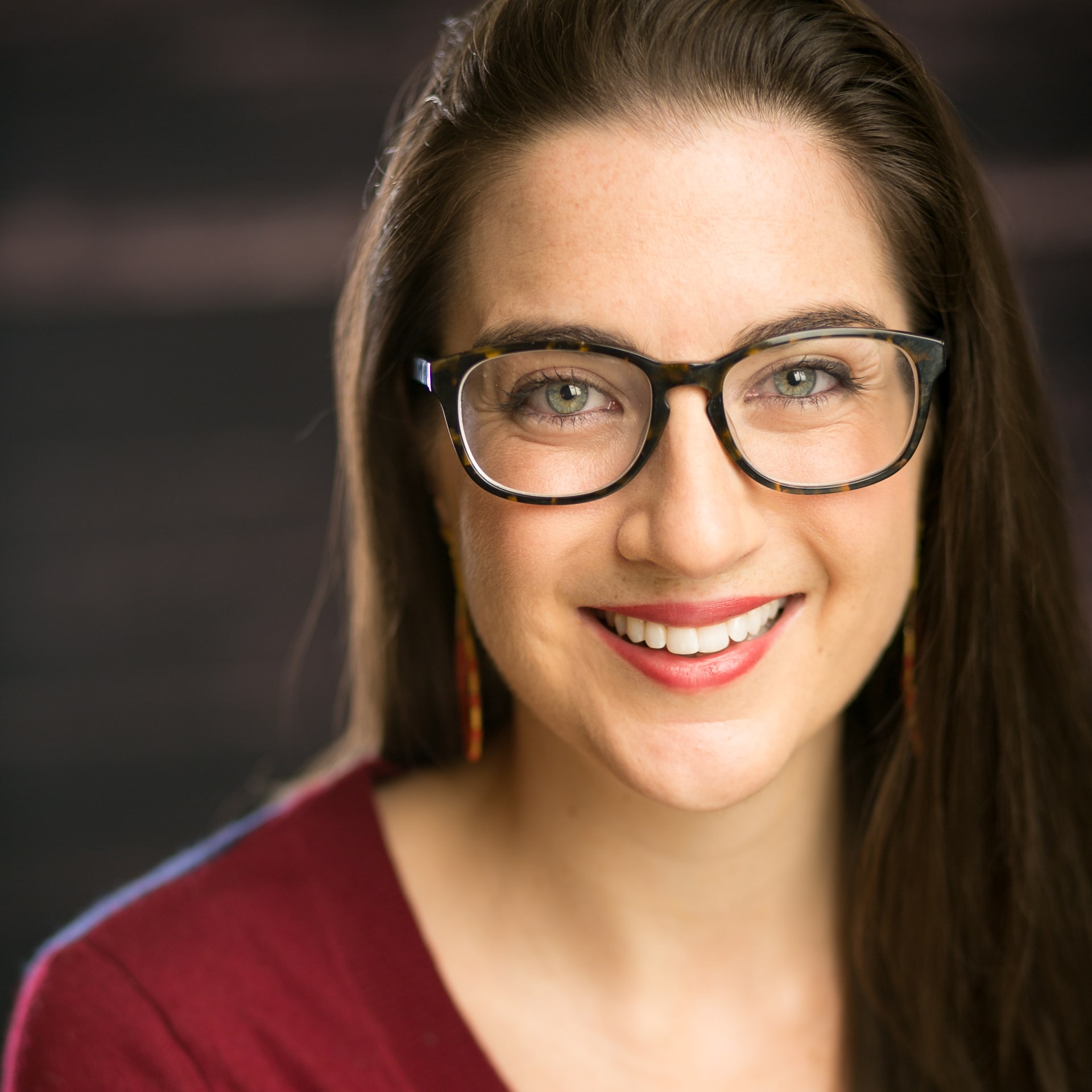With college, the research suggests, comes connection. In recent years, multiple studies looking at economic mobility, friendship circles, and adults’ job, education, and housing networks, have revealed a consistent “connection premium” enjoyed by college grads.
Most colleges aren’t shy about marketing themselves as hubs of connection. But if colleges care about equity and access, there’s a deeper question that college campuses should be asking about their students’ networks: Who is forming networks, and how are they forming?
Enter Joseph Ferrare, a social scientist at The University of Washington’s Bothell campus. I sat down with Ferrare to discuss findings from two pilot studies he conducted to understand first-generation students’ experiences of forming networks at the start of their college journey and as they explored career options leading up to graduation.
Among other things, Ferrare discovered a phenomenon he dubbed “the snowball effect”; when students joined something—a dorm, a student group, a fraternity—that afforded sustained social interactions, they not only made friends, but they accessed a cascade of new relationships and resources through those initial connections. Social capital, the research suggests, begets more social capital.
Ferrare’s findings offer critical and sometimes surprising insights into the otherwise invisible social fabric on campuses and how students manage to access resources across the higher education enterprise. Here’s an overview of what we discussed. Check out the full video below!
- {Minute 2:41} The paradox of support and opportunity: Ferrare, among other things, is an expert in social network analysis. One of the fascinating aspects of social network analysis is that it can reveal how different network structures—that is, the ways in which different individuals and groups are or aren’t connected to one another—create very different outcomes. We discussed how colleges are often trying to ensure students have two seemingly opposite network types: tight-knit support networks to help them get by, and broad, diverse opportunity networks to help them get ahead. Ferrare describes how some students—particularly those first in their family to go to college—may have stronger support networks than administrators know.
- {Minute 10:58} Accelerants and disruptors to the “snowball effect”: In the course of interviewing students, Ferrare discovered that forming strong affiliations leads to more connections and resources. Ferrare also discovered common ‘disruptions’ to the snowball effect; in particular, 1) economic constraint that led students to work multiple jobs and/or live off campus that afforded fewer opportunities to form connections, 2) anti-Black racism that deteriorated Black students’ initial sense of belonging, and 3) informational overload that made it difficult for students to make sense of and choose among too many opportunities. We discuss how findings like these have huge—and, arguably, deeply under-estimated—implications for how well students are accessing resources offered across a campus.
- {Minute 43:40} Homogenous strategies for career advice: Besides accessing on-campus resources, college students’ networks have bearing on their post-graduation career opportunities. In that vein, another fascinating finding from Ferrare’s pilots was that individual students tended to use one strategy for seeking career advice—such as only turning to family; to university weak ties like professors, staff and career services; to non-university weak ties like family friends or coworkers; to strong ties like family and friends, and to engaging in ‘personal research’ through Google and the like. We discuss how colleges and universities aiming to expand their students’ career prospects might encourage students to engage in more than one of these strategies as they navigate the job market.
- {Minute 52:35} Social capital as core to colleges: At the end of a research talk he gave last year, Ferrare poetically dubbed colleges “social capital machines,” pointing to the advantage that postsecondary institutions have, but don’t always appreciate, to build and diversify students’ networks. We discussed how many conversations about the “future of higher ed” aren’t paying enough attention to the ways in which social connections may not just be a nice byproduct of attending college, but actually core to the product of college itself.
Watch our full discussion here:



